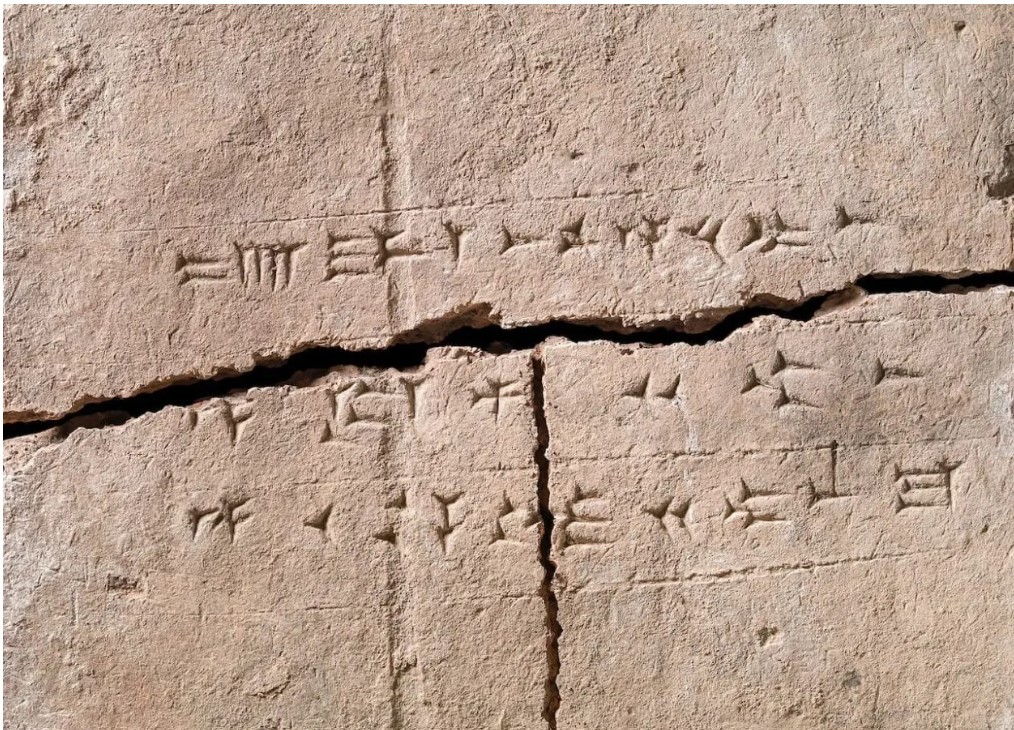Ingenious Neolithic Engineering: Chinese Settlement Reveals Advanced Water Management System
Introduction
A groundbreaking study recently published in the journal Nature Water has unveiled a remarkable discovery, shedding light on the engineering capabilities of Neolithic people in ancient China. Contrary to the assumption that complex engineering feats required centralized state authority, researchers have found evidence that Neolithic communities were adept at sophisticated engineering, as evidenced by an intricate water management system at the archaeological site of Pingliangtai.
The Complex Water Management System
Pingliangtai, situated in the southwest corner of Dazhu Village in Huaiyang County, central China, offers an unprecedented glimpse into the Neolithic period. Dating back around 4,300 years to the Longshan period, Pingliangtai evolved into one of China’s earliest significant population centers, with approximately 500 inhabitants.
During this time, the Upper Huai River Plain, where Pingliangtai is located, experienced extreme climate fluctuations. The region was subjected to intense summer monsoons, resulting in monthly rainfall of up to half a meter. To cope with this climatic challenge, the ingenious people of Pingliangtai engineered a sophisticated drainage system, showcasing their ability to manage and redirect water effectively.
Ceramic Water Pipes and Ingenious Engineering
The heart of this discovery lies in the network of interconnected ceramic water pipes and drainage ditches discovered at the site. The placement of these ceramic water pipes along roads and walls indicates a well-thought-out strategy to redirect rainwater. Surprisingly, this advanced water management system was constructed without the centralized authority that many would assume necessary for such complex endeavors.
Dr. Yijie Zhuang from the UCL Institute of Archaeology, the senior and corresponding author of the study, emphasizes the significance of this discovery: “The people of Pingliangtai were able to build and maintain this advanced water management system with stone age tools and without the organization of a central power structure. This system would have required a significant level of community-wide planning and coordination, and it was all done communally.”
An Impressive Engineering Achievement
Dr. Hai Zhang of Peking University, a co-author of the study, expresses his astonishment at the findings: “Pingliangtai is an extraordinary site. The network of water pipes shows an advanced understanding of engineering and hydrology that was previously only thought possible in more hierarchical societies.”
The absence of clear evidence of social hierarchy within the archaeological remains challenges traditional assumptions about the prerequisites for complex engineering. Instead, the people of Pingliangtai demonstrated a remarkable level of cooperation and coordination, reflecting their shared commitment to creating solutions for their community’s needs.
Conclusion
The archaeological site of Pingliangtai in China has unveiled a stunning testament to the engineering prowess of Neolithic communities. Through their intricate water management system, constructed without centralized authority, these ancient inhabitants showcased their advanced understanding of hydrology and engineering. This discovery underscores the communal nature of their achievements and challenges conventional notions about the conditions necessary for complex engineering feats. The legacy of Pingliangtai provides a compelling example of human ingenuity and cooperation in the face of environmental challenges.




